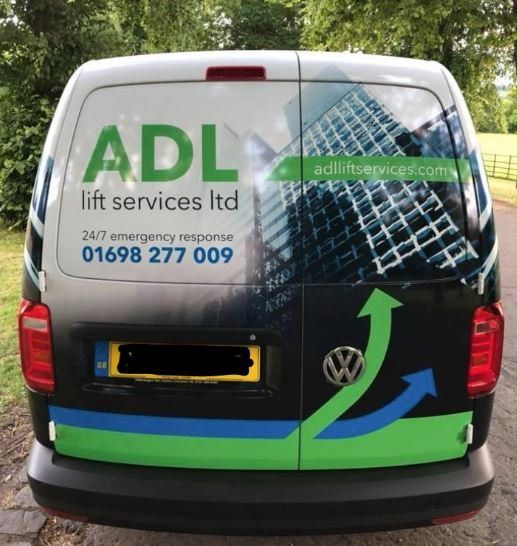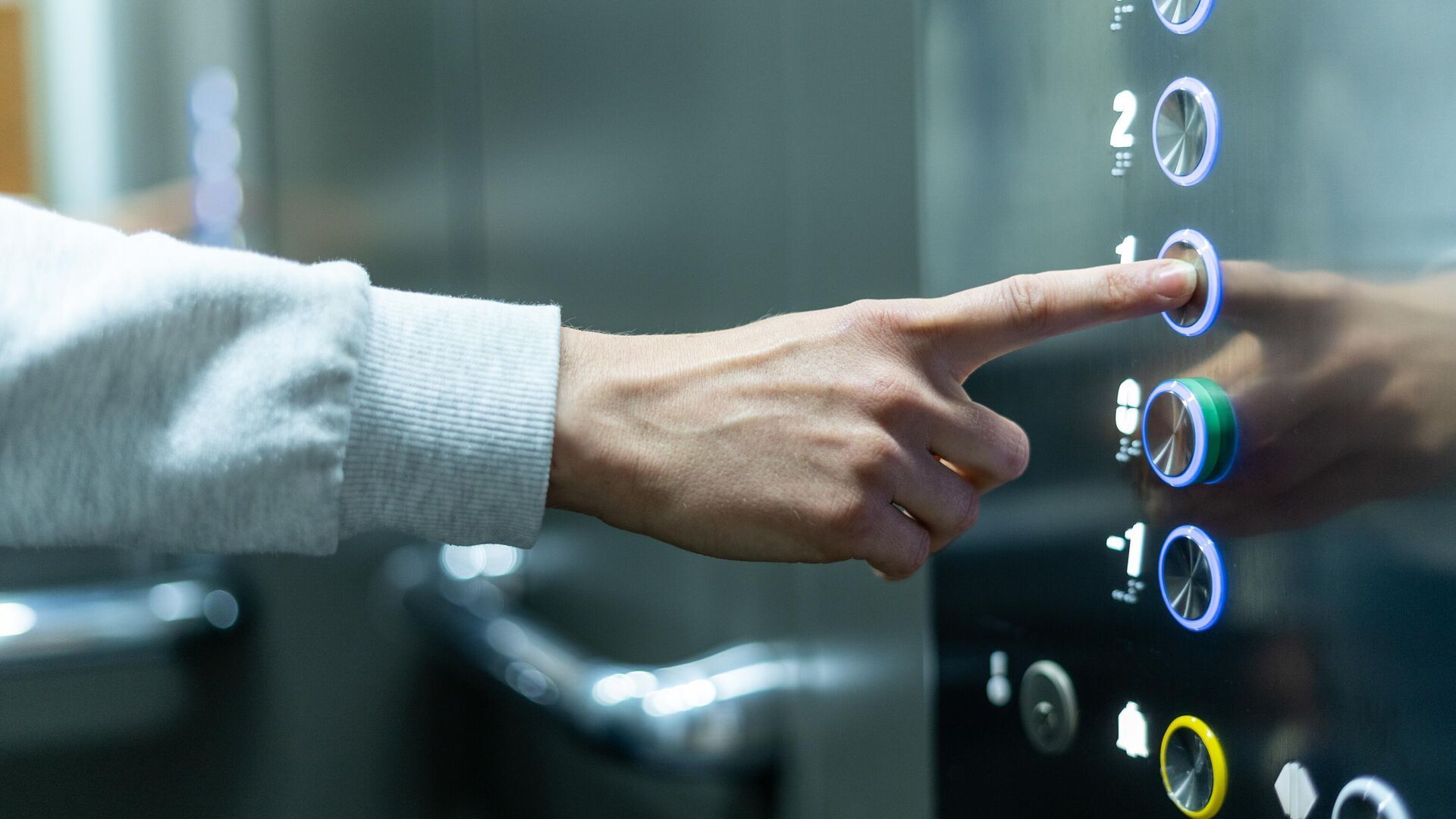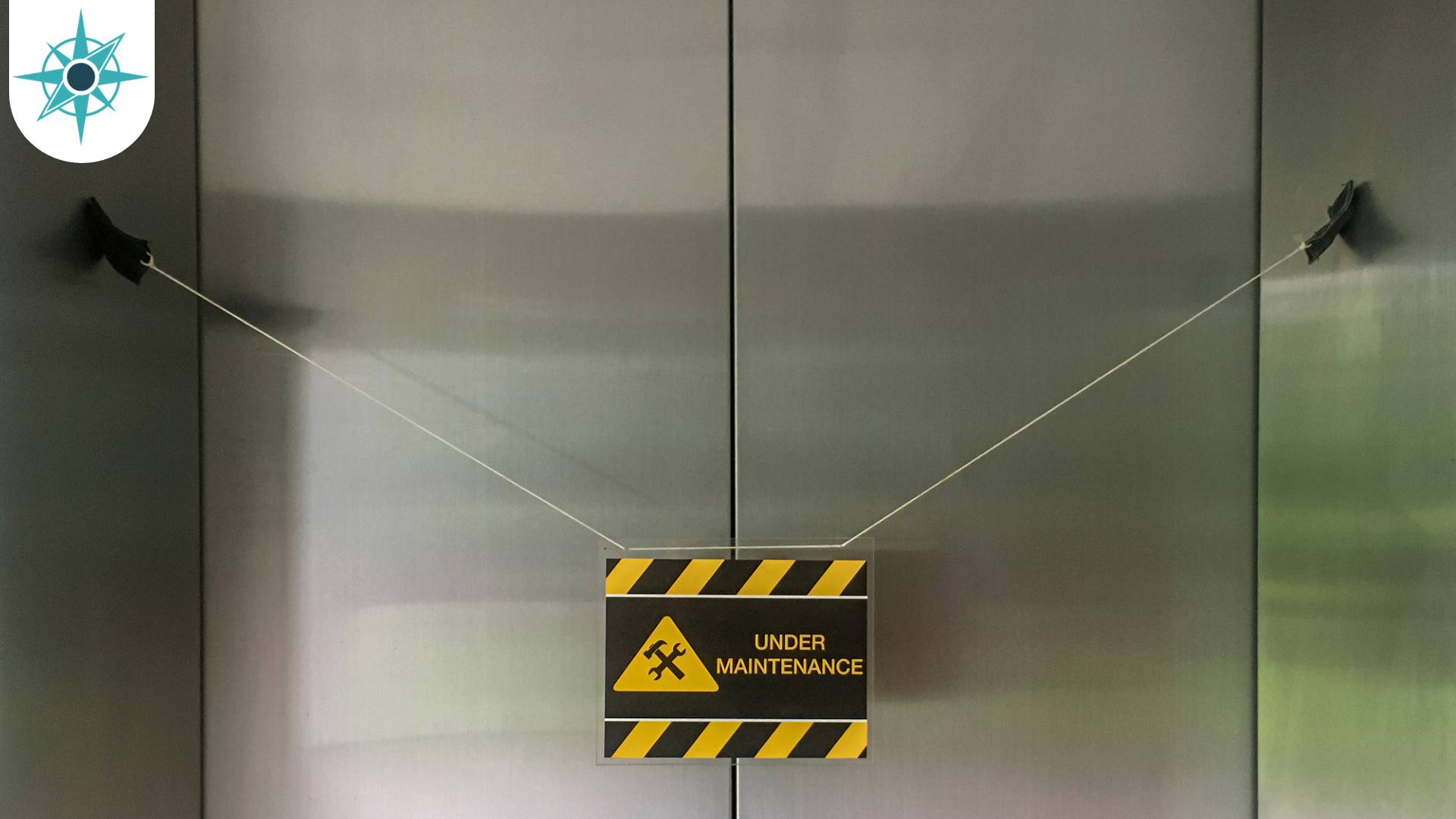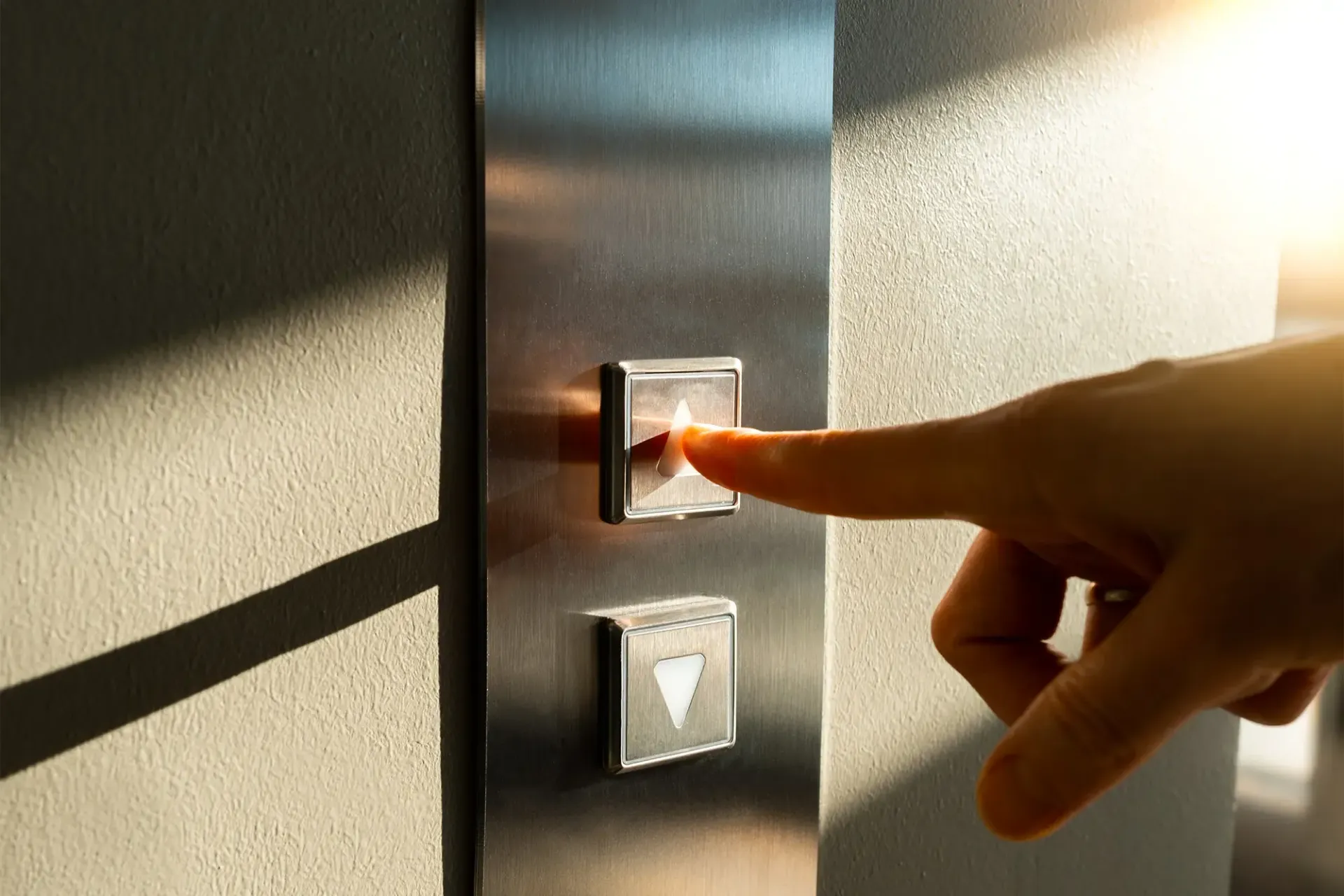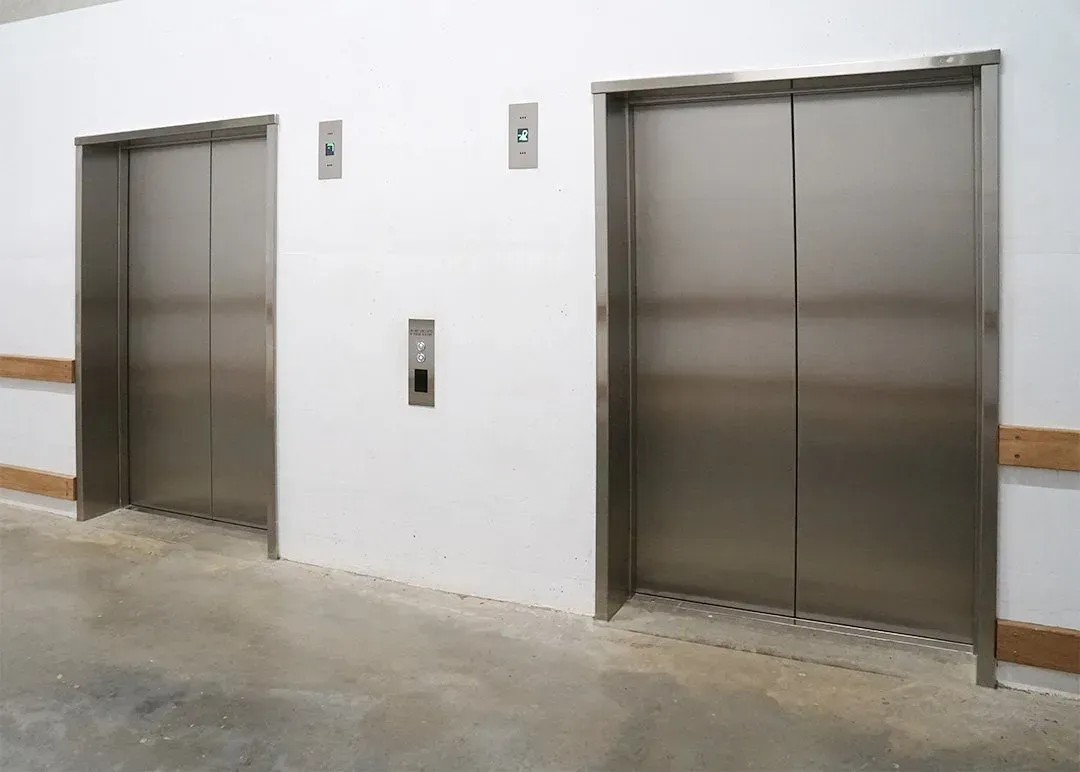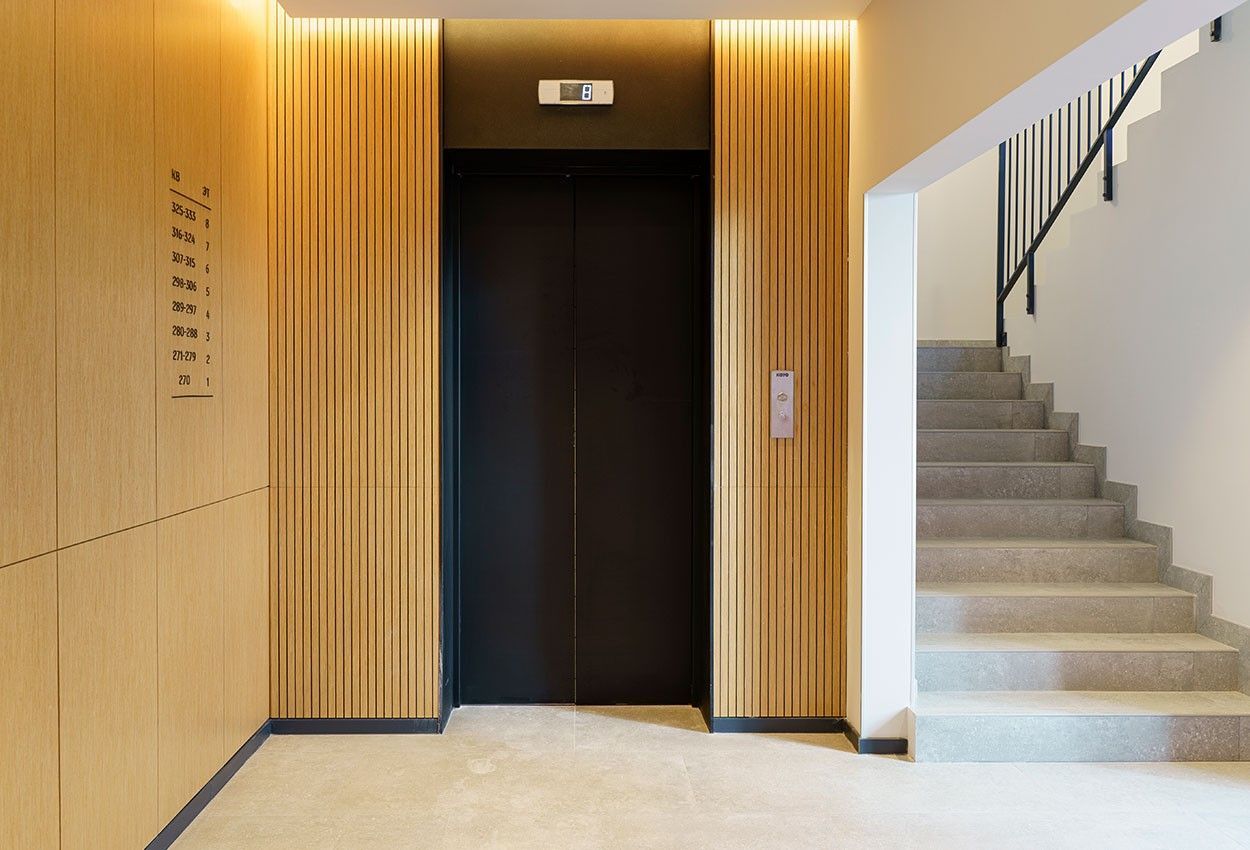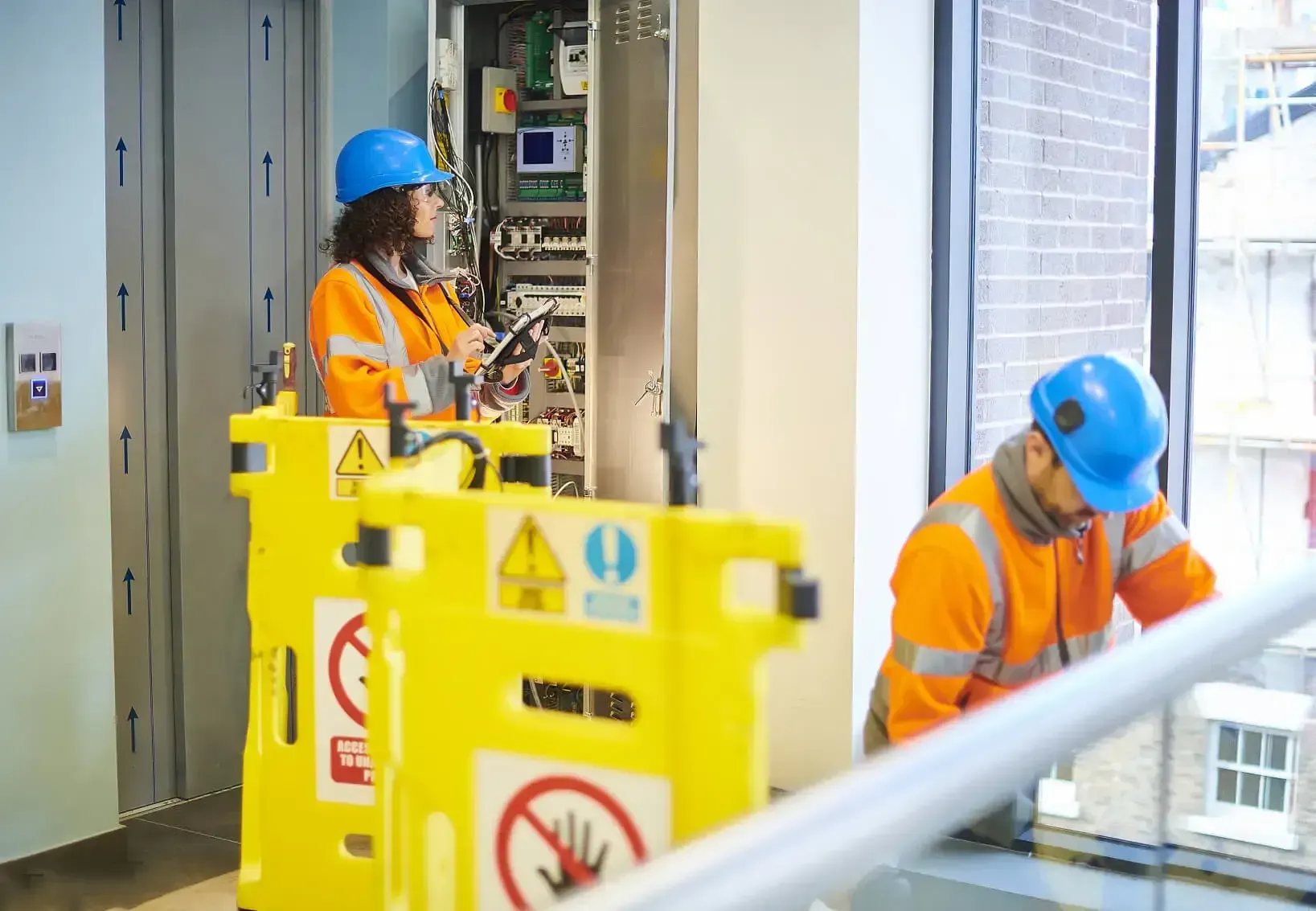Demystifying Lifts: How They Work and the Role of Lift Engineers
Lifts, also known as elevators, are an integral part of our daily lives, providing vertical transportation in buildings of all sizes. While they may seem like straightforward devices, there's a lot more to them than meets the eye.
In this article, we'll delve into the intricacies of lift design, engineering, and servicing, shedding light on how lifts work and the critical role of lift engineers.
Understanding Lift Basics
At its core, a lift is a system designed to transport people and goods between different levels of a building. It consists of a car or cabin that moves up and down along vertical guides within a shaft. A counterweight, connected to the car by a cable, helps balance the load and reduce energy consumption.
Drive Systems
Lifts employ different drive systems to move the car. The most common types are traction and hydraulic systems. Traction lifts use steel cables and a pulley system, while hydraulic lifts use a piston and hydraulic fluid to control the movement. Each system has its own advantages and is chosen based on building design and requirements.
Lift Design and Safety
Lift design is a crucial aspect of ensuring safe and efficient operation. Engineers carefully consider factors such as load capacity, speed, and emergency features. Modern lifts are equipped with various safety mechanisms, including emergency brakes, automatic door openings in case of power failure, and phone systems for communication.
The Role of Lift Engineers
Lift engineers play a pivotal role in the design, installation, and maintenance of lifts. They are responsible for ensuring that lifts meet safety standards and operate smoothly. Their tasks include:
Design and Installation
Lift engineers work with architects and construction teams to integrate lifts seamlessly into building designs. They determine the appropriate type of lift system, its capacity, and the number of stops it will serve. Proper installation is vital for the lift's long-term performance and safety.
Regular Servicing
Lift servicing is essential to keep elevators running efficiently and safely. Lift engineers perform routine maintenance, including checking for wear and tear, lubricating moving parts, and inspecting safety features. This proactive approach prevents unexpected breakdowns and ensures passenger safety.
Repairs and Modernisation
When a lift requires repairs or modernisation, lift engineers are the experts who diagnose issues and implement the necessary solutions. This can involve upgrading safety features, improving energy efficiency, or replacing outdated components.
Lift Design From ADL Lift Services
Lifts are marvels of engineering and design that provide efficient vertical transportation in buildings of all sizes. The role of lift engineers is critical in ensuring their safe and reliable operation.
Understanding how lifts work, from their drive systems to safety features, can help us appreciate the complexity of these everyday devices. Whether you're designing a new building or need lift servicing, working with experienced lift engineers is essential for the smooth operation and safety of your lift.
ADL Lift Services off the supply, installation and maintenance of lifts in Scotland and throughout the UK.
Get in touch with us today to find out more about how we can help you.


